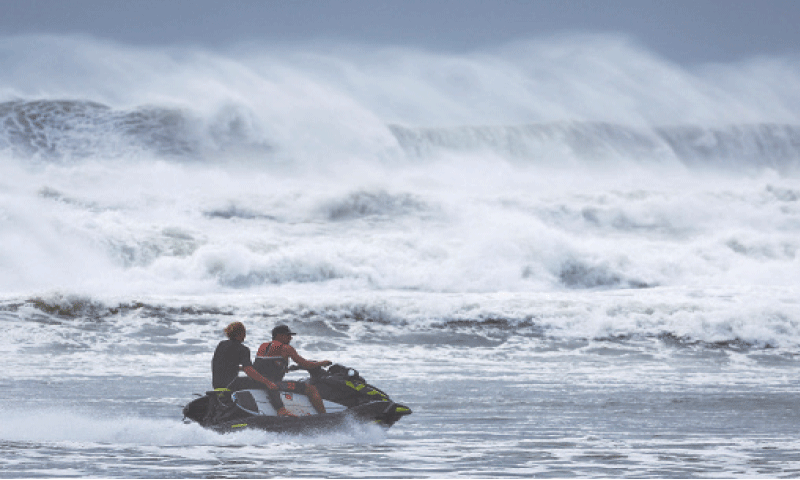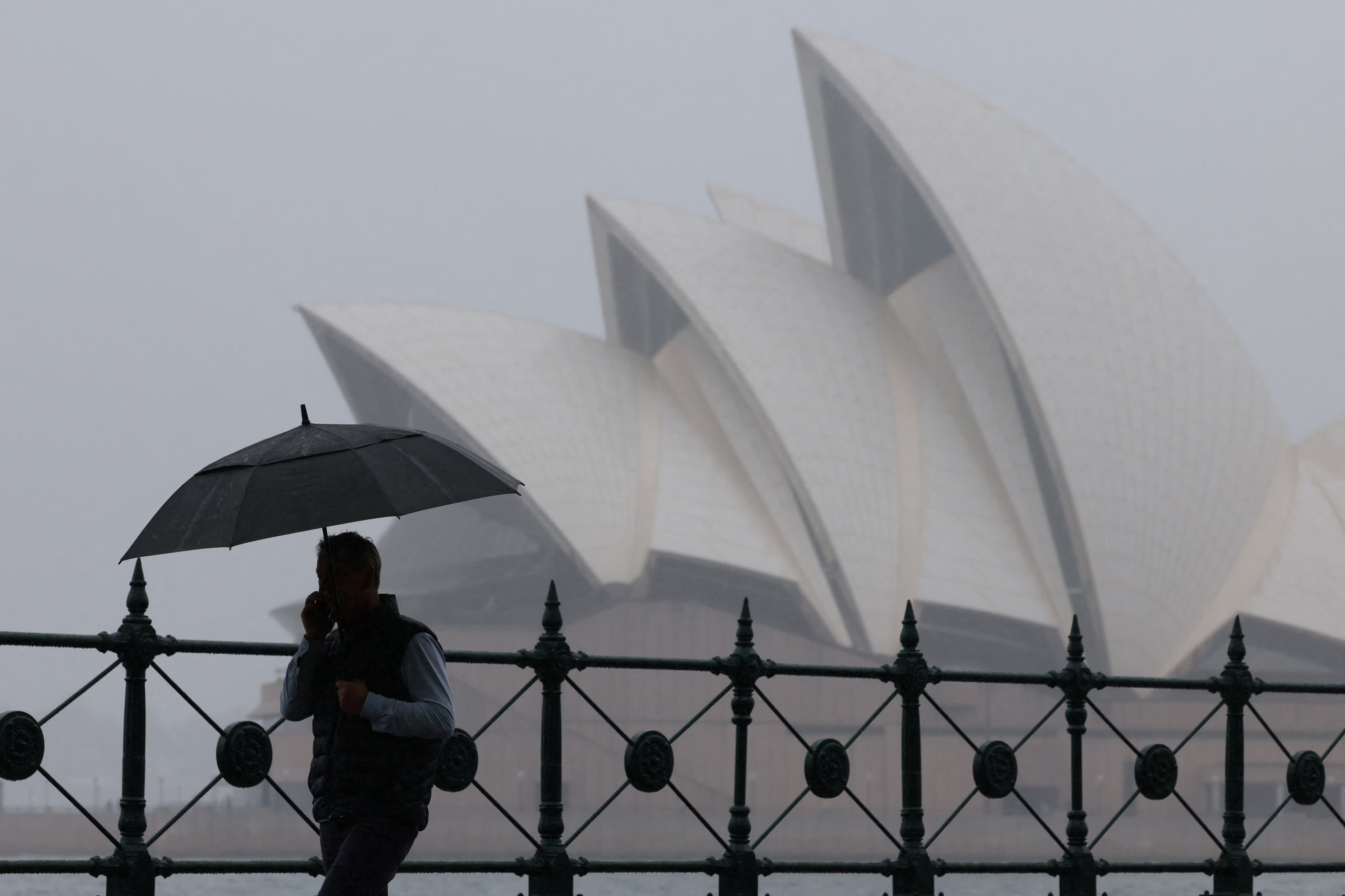Thousands of residents in Australia’s Northern Territory were left in the dark on Sunday.
Cyclone Fina tore through the region, including the capital, Darwin.
With gusts hitting a staggering 205 kph (127 mph), the category three storm has now moved on, but its wake of damage and power outages remains.
For many in Darwin, home to around 140,000 people, Fina stirred memories of Cyclone Tracy.
The devastating 1974 storm flattened much of the city and claimed 66 lives.
Thankfully, no injuries have been reported this time.
Chief Minister Lia Finocchiaro praised the community’s preparedness: “This cyclone saw a territory that was united and ready for what was to come.”
About 19,000 homes were without electricity, and roads were submerged, while property damage is still being assessed.
Cyclone Damage Response
Authorities warned residents to steer clear of downed power lines as crews worked to restore services.
Darwin International Airport, closed Saturday as a precaution, said it is now aiming to resume operations “as soon as it is safe to do so.”
Cyclones like Fina are two levels below Australia’s most dangerous rating.

They are known to wreak havoc on buildings, crops, trees — and electricity grids.
With tropical storms becoming more frequent in northern Australia, the question lingers.
Will communities ever truly be ready for nature at full force, or is preparation a race against the winds?





